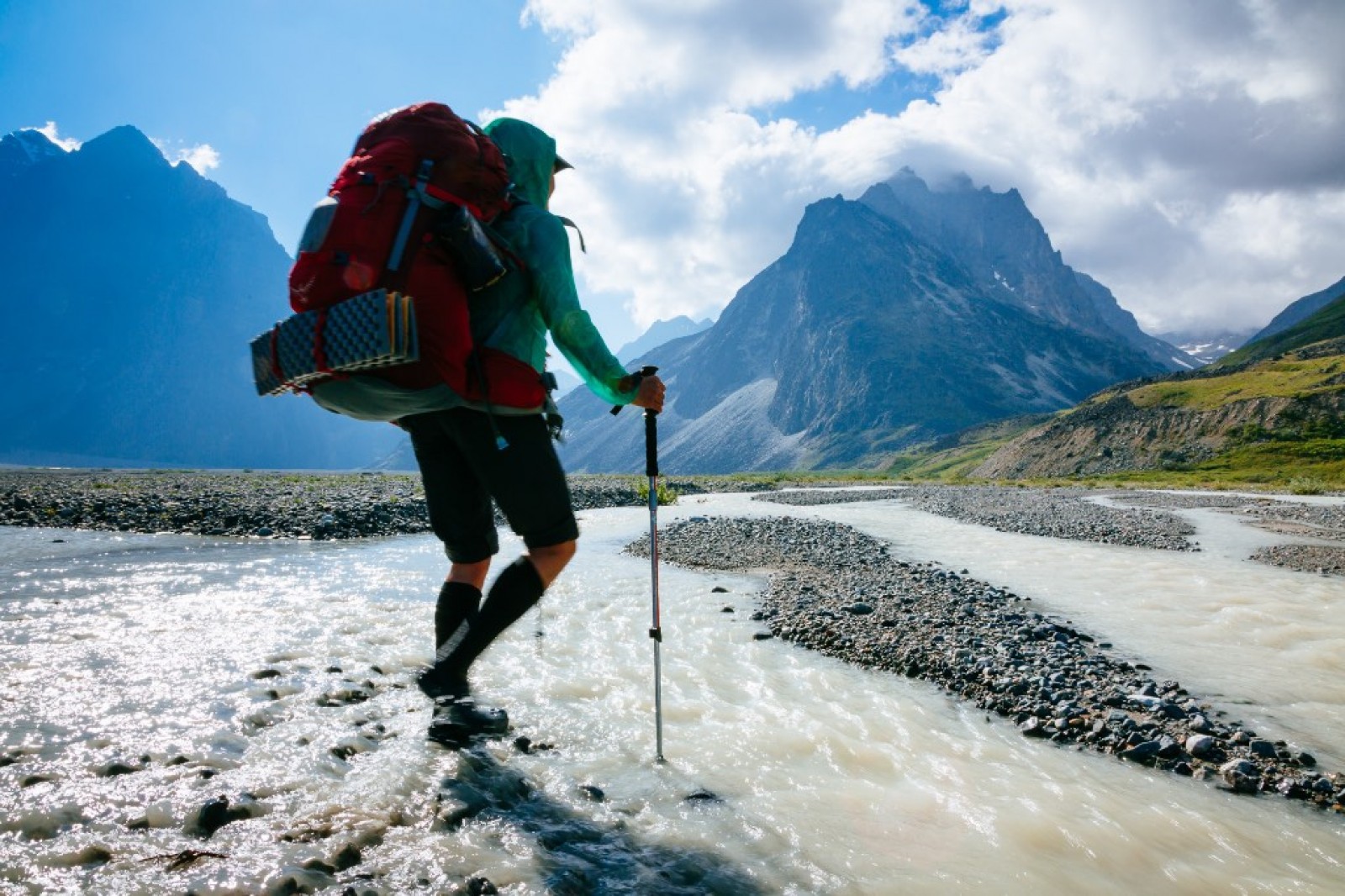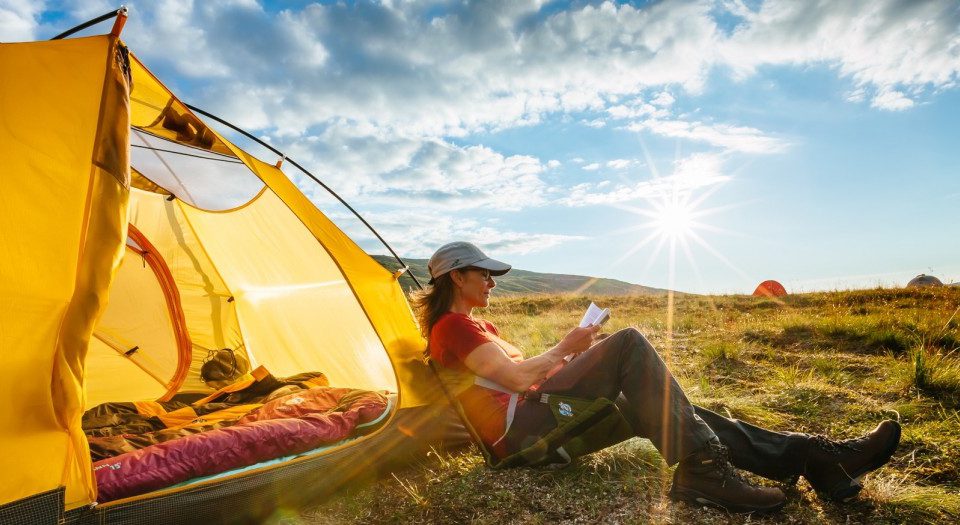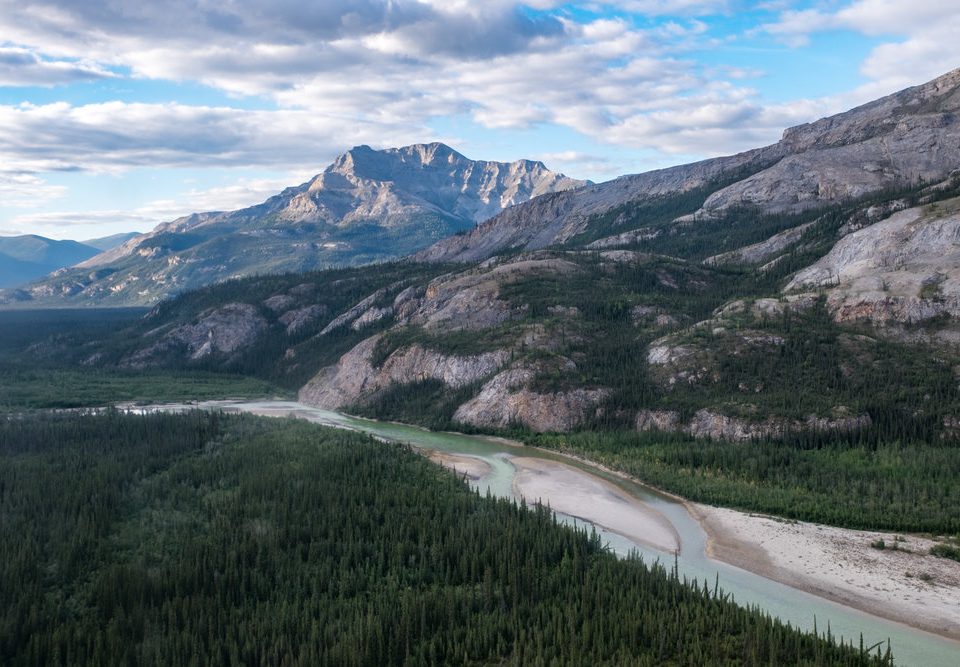Each time I am lucky enough to travel to the Arctic National Wildlife Refuge, I am left with the same thought at the conclusion of the trip: “I would fly right back tomorrow if I could”. Many guests I have traveled with have echoed that same sentiment. The Arctic National Wildlife Refuge is a place that pulls at you, calls you back, reveals just enough of itself to tempt you to look for more.
Our motto extolls “extraordinary adventures” which means they can’t be rote, they can’t be memorized, they can never be mundane. We don’t aim to walk the same marked trail day in and day out. In fact, as individual guides we might not trod the same piece of earth more than once a summer. It means that professionally we are never bored, always challenged, perpetually stoked. This work/lifestyle keeps us guides just as engaged and excited as our guests, but it also leaves me itching to get back to my favorite places. I have favorite spots sprinkled all over this immense state, but more than most, I feel ANWR pulling me back.
ANWR is what we want all of Alaska to be: expansive, vast, pristine and spectacularly lonely. Although never pedestrian, travel in the arctic is surprisingly friendly. Seemingly unending tundra unfurls before you, beckoning you to follow that caribou track one more mile, up one more drainage, around one more corner. Miles melt away more easily in the arctic than just about anywhere else in Alaska. But although travel may be swift, the arctic is not without its challenges. Impossibly sharp ridge lines, steep, shifting slopes of talus and scree, ankle-twisting tussocks and tumultuous rivers all conspire to impede even the most intrepid of travelers.
And maybe the most intimidating factor is that ANWR never lets you forget that you are really out there. It is you, your travel partners and hundred of miles of unoccupied terrain. That terrain is peppered with enough grizzly bears, wolves and wolverines to remind us we are just visitors here and if our trip is successful it is because mother nature decided to give us a brief reprieve from the threats of predators, inclement weather and misfortune. A three hour, weather dependent, flight from Fairbanks, means if we encounter problems out here, they must be solved out here or not at all.
June 2014 saw Dan, two extremely competent guests, Mark and Joan (back for their 11th adventure with AAA!), and myself traversing 105 miles of the Arctic National Wildlife Refuge. We traveled east to west from the Kongakut River to the Hulahula River. We crossed several large drainages, but stayed mostly in the high country, near the continental divide. Our mileage and elevation statistics might impress some, certainly not everyone. But the metric that most impressed me was this: in twelve days, we saw zero people. Not a soul. It was just us four, many Dall’s sheep, one blonde grizzly, one Gray wolf, one large moose and innumerable caribou.
In this busy, crowded 21st century, truly wild places are a rarity, even in Alaska. The ability to travel for almost two weeks and not encounter another person is something truly unique. To be able to do that amidst splendid scenery and within a completely intact, unperturbed ecosystem is something truly special.
Reminiscing months later, our guest Mark was similarly impressed: “ANWR is one of the most isolated places left on earth. It was the farthest place that we have ever been from roads or permanent habitations… There was no one near, no noise, no nothing. We saw no one from airstrip to airstrip, a period of ten full days and two partial days of Perfect Solitude. It was truly the vast and quiet Far North.”
It is that vast and quiet Far North that pulls and tugs at me. When we stepped off our plane at the conclusion of our journey I would have gladly re-boarded and headed right back, because although we had seen so much, I was compelled to see more.
I hope that in your travels you’ve found a place that pulls at you in the same way.





